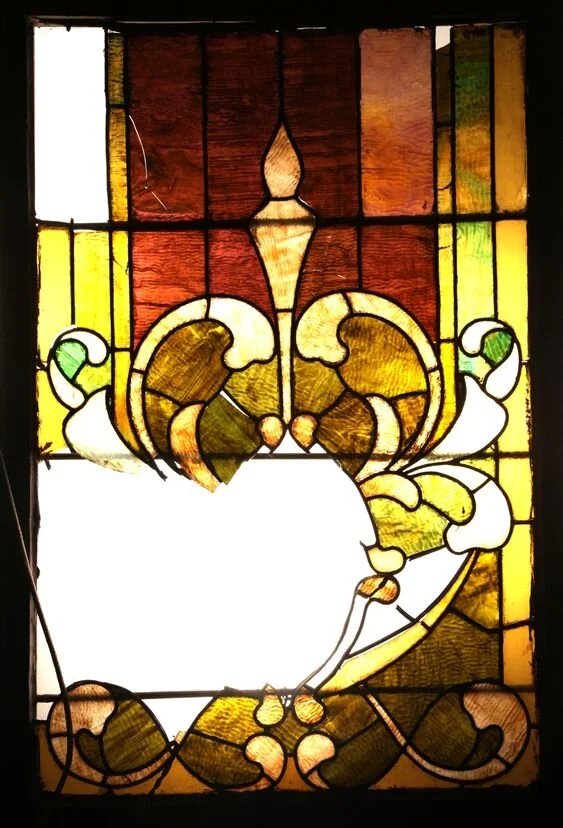For my birthday two years ago, my dear friend, Crystal, gave me a pair of crampons. Like I do with all gifts I don’t already have a sense of need for, I tucked them into the back of my closet where they sat until this winter. After getting back into running shape last summer, discouragement (that our first snow had turned the trails in my neighborhood slippery) sent me rummaging through my closet.
The first time I used my crampons I was amazed. Twenty dollar, elastic rubber slippers that fit over my running shoes were a game changer! I remember taking them off after my first trial run and looking at the bottoms in awe that such small, sharp metal triangles could steady my steps, allowing me to look up at the mountains instead of down at the trail.
So today, when I woke up to three inches of snow on the ground, bluebird skies and a sunny, 25-degree air temp (see picture above), I grabbed my crampons and headed out.
It wasn’t until I had parked and started down a favorite trail that I realized how gorgeous the morning would be.
In Colorado, we have fall snow and spring snow.
Fall snow is powdery and light-effortless to shovel.
Spring snow is wet and heavy—shoveling a foot of it off a small driveway will leave you sore for days.
But spring snow has the added bonus of outlining bare tree branches in a way fall snow does not. Today was our first spring snow, piled high on even the thinnest of surfaces, its flakes resolutely sticking together. Gratitude for the access I had to beauty because of the sharp metal triangles of my crampons meant I went a few miles further than I had planned.
As we approach, in this final week of February, the anniversary of March 2020 (when COVID19 became a visceral part of our lives) I’m watching myself brace for what will surface. What I thought was merely an “extended spring break” will likely become by this March 1st, a death toll of half a million. I’m nervous for myself and our communities about how we will all handle the body memories that will resurface.
What will keep us both steady without slipping and present in the reality of this time marker?
Sharpness will help us through the treacherous terrain of memory.
For each of the next four weeks I’ll be sharing a practice that will help you through this month. They won’t be easy—they will invite you to sit with the sharp pain that rises up as we look back and let all that has happened sink in a bit deeper. But I also believe this sharpness can gives us access to a beauty we won’t experience if we spend the month waiting for a full melting of all that has accumulated.
This week do one simple thing—notice how you respond to the word March.
When you flip your calendar’s month tab over, what happens in your stomach?
When your kids ask how many weeks til spring break, what goes through your mind?
When you hear the word, what does your heart feel?
Just notice what you instinctively do in anticipation of this anniversary. We can’t care for what we don’t see. To be continued…





